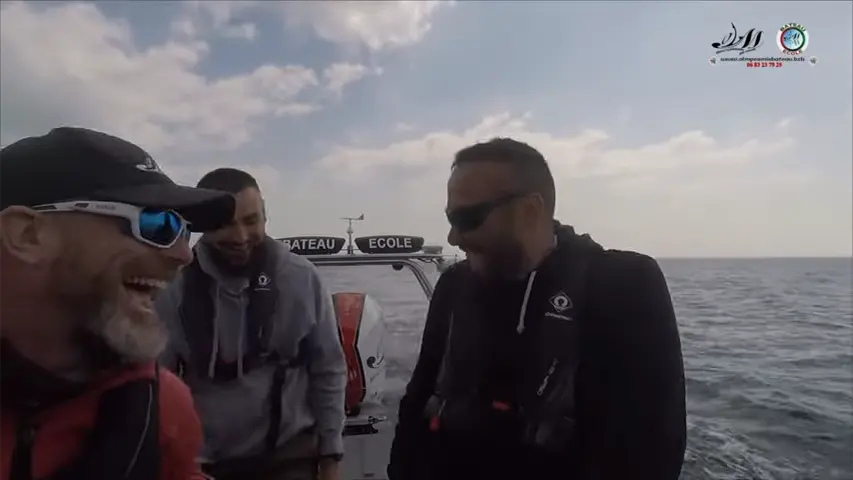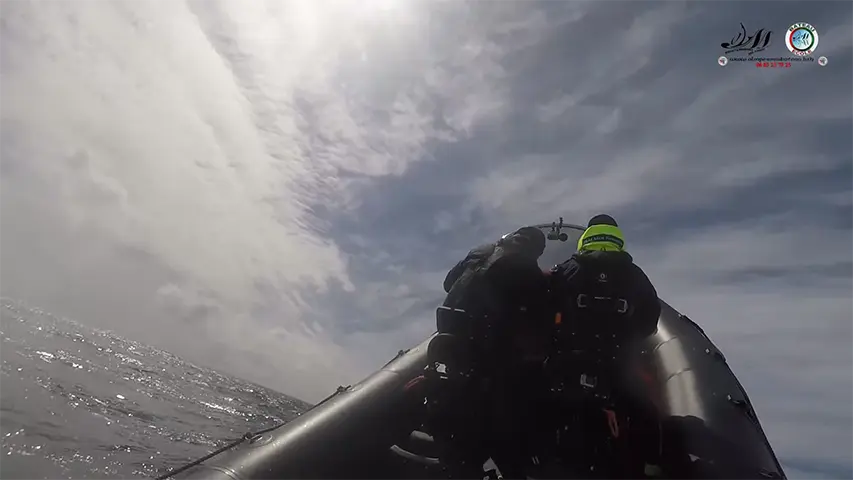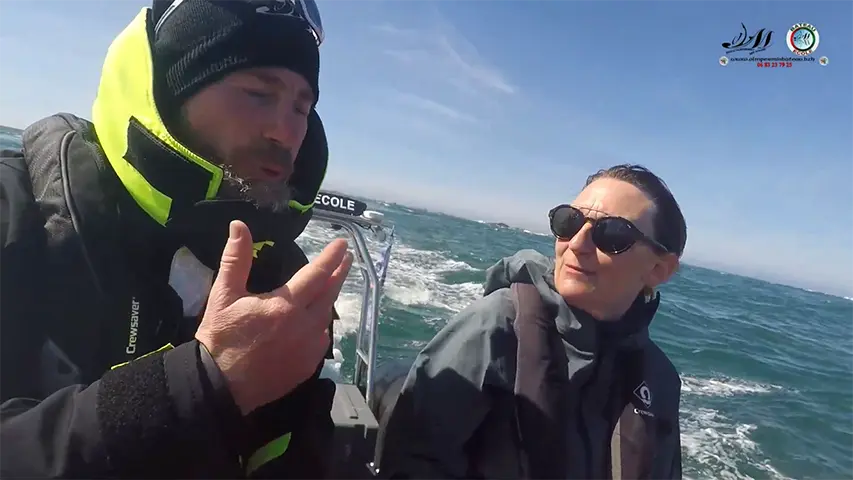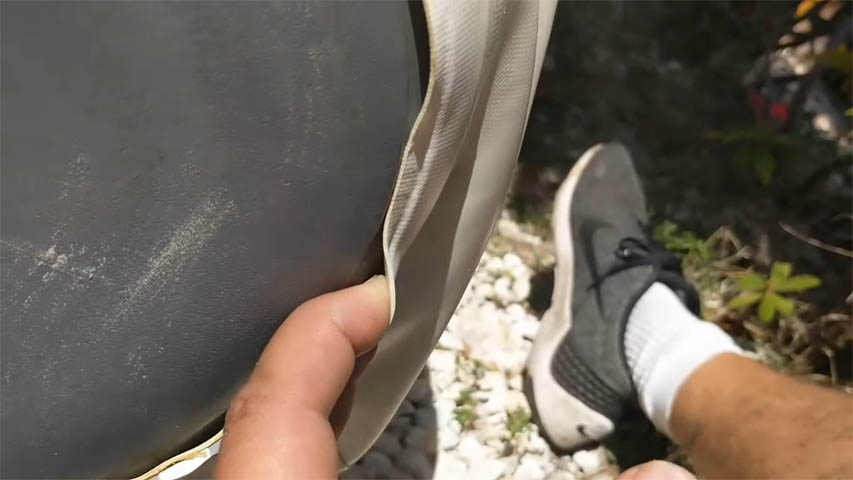Training Video from France
Remember the very first time you took the helm? We all had to start somewhere. Maybe you had a mentor to guide you, or perhaps you enrolled in a practical course to learn the ropes.
In this video, Yoann and Pierre-Henri, organised by the French OLM, are determined to enhance their sailing skills and ensure safer voyages in the future. It’s all about safety first.
This training comprised four key experiences: docking, high-speed direction changes, understanding wind versus current dynamics, and experiencing the impact of the kill cord.
I’ve posted many more videos of these courses, primarily focusing on navigating in big waves.
Proud to share that RIBCRAFT UK is a Friend of RIBs ONLY.



